For Snow White, Brothers Grimm trumps Disney hands down. The cartoon is a watered down version of the original tale, tailored for the kids and for consumption by the masses. In fact, most fairy tales are a little sinister behind the facade of happy endings, prince charmings and beautiful damsels in distress. Most people choose to overlook the darkness behind these happy tales, choosing to push those dark thoughts to the periphery, aided by none other than the media big-wigs eager to keep their audiences happy and wanting more. After all, life is tough enough as it is, no one needs more evil on screen, everyone just wants a two hour escape from reality.
In the original version, Snow White actually only 'died' on the wicked Queen's third try with the poisoned apple; her first two assassination attempts failed thanks to the dwarfs who managed to revive the (stupid or naive) girl twice. It is indeed satirical that Snow White, the Queen and the Prince (the main characters) are portrayed as such separate entities from the dwarfs even though they are all human; from the way their relationships roll out right down to where they work; the dwarfs are diamond miners who slog underground, and where they stay; in a secluded cottage in depths of the forest, away from public scrutiny. It comes so naturally to think of one Snow White and seven dwarfs that the fact that there was one female with seven males in one secluded house doesn't even cross our minds. What more to think that one of the dwarfs might actually end up with Snow White doesn't even occur and if it does, it's (unfortunately) somewhat repulsive. Another thing is that they all don't have names. Snow White would be a lot sexier if the 7 dwarfs were named after the 7 deadly sins.
Sad but true, we've all been conditioned by the fairy tale into believing in happy endings. Sure, we scoff at the cheesy lines and sappy scenes (so lame right) but deep down, that little voice goes awwww. Contemporary fairy tales restructured into cartoons still follow the same formula, albeit with updated humour, better graphics and better looking leads with better clothes. All the better for mass consumption.
However, the original versions of the fairy tales are the most haunting and definitely the most fascinating. They are gloriously magical, openly sinister and do not always end on that cheery and unrealistic happy note. Take Hans Christian Andersen's Little Mermaid for example, her body dissolved into foam and she turned into a spirit who had to do good to earn her place in the kingdom of heaven. The nonsensical logic that governs the entire Alice In Wonderland pokes fun at the inherent need for science and logic in our daily lives. The Six Swans is another heart-wrenching tale that is centred around the suffering and sacrifice of one beautiful maiden who spun at the spindle for six years to make magical jackets for her six brothers. They had been turned into swans by an evil stepmother (of course) with only fifteen minutes of being human each evening.
There are so many other tales that are equally haunting and a little twisted, especially those of Russian folklore. Russian fairy tales are a window into the elusive Russian culture (the Cold War and communism partly to blame for Russia's exclusion from the greater world culture also known as Macdonalds and Starbucks).
Fairy tales, old or new, revised or original, have inspired designers and photographers alike. Budding young designer label from London, Vassilisa, plays on Russian folklore and heritage. Through a modern interpretation of myth, history and symbolism, designer Nadja Solovieva presents gorgeous pieces that encompasses beauty, magic and femininity. Her Spring Summer 2012 birds collection is simply gorgeous complete with romantic prints and soft luxurious silks.
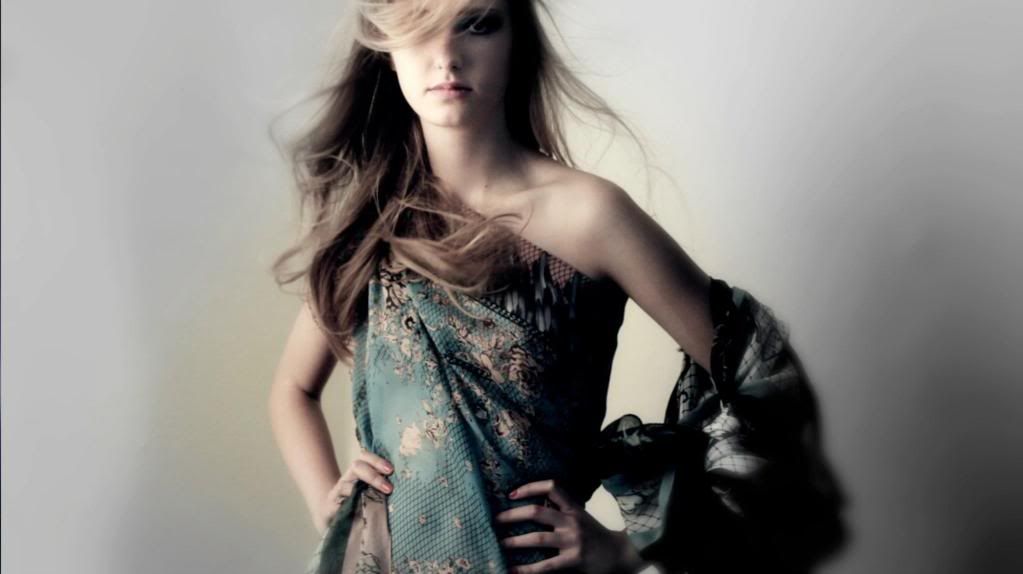
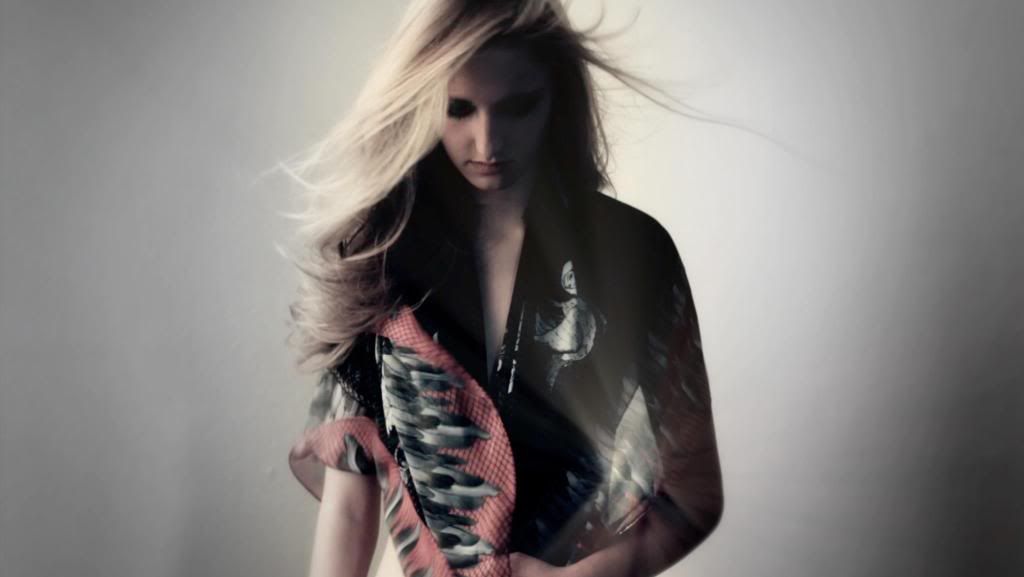
The fairy tale theme is often employed by photographers as well for fashion shoots, the fantasy theme lends itself brilliantly to the editorial and translates to that magic and mystery in the glossy pages of a magazine.
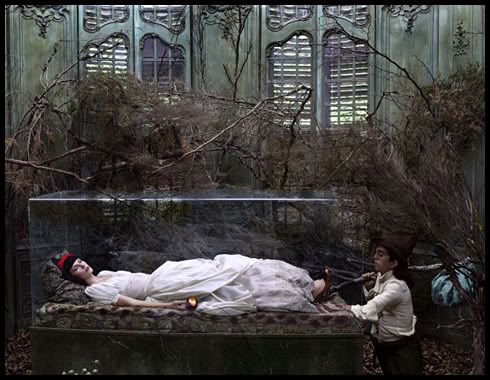 |
| Snow White and Dopey perhaps |
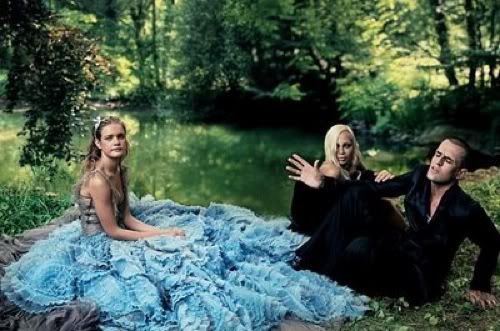 |
| Did you guess this? Alice in Wonderland |
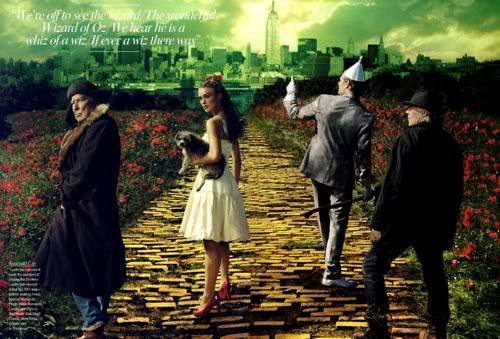 |
| Down the yellow brick road |
 |
| There is nothing more distinctive than that red riding hood |
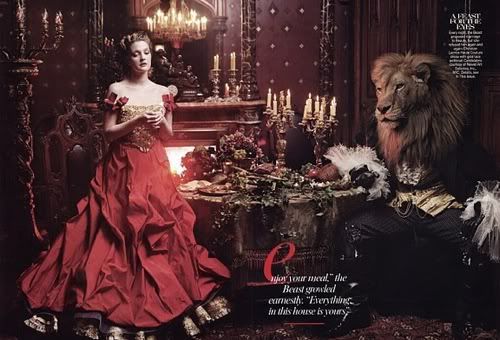 |
| Beauty and the Beast in Vogue |
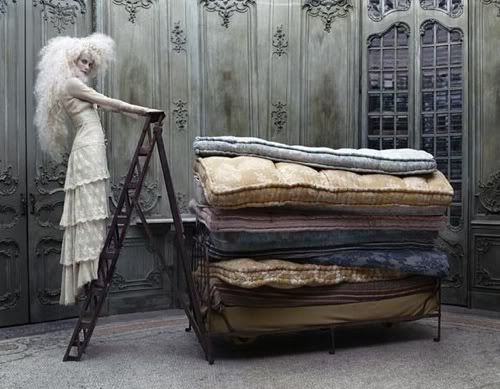 |
| A personal favourite, the Princess and the Pea |
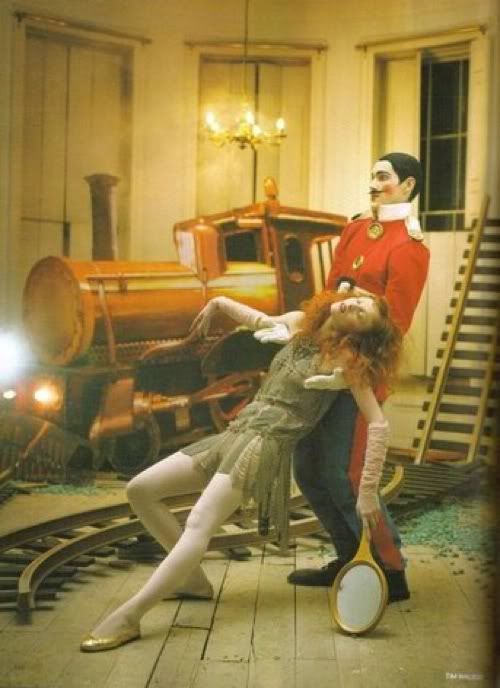 |
| The Nutcracker reinterpreted |
 |
| Imogen Morris-Clarke shot by Tim Walker for Vogue Italia |
♥,
Fir

No comments:
Post a Comment